Immersion in a Sumo School with Daniel Ali
The photographer spent time at a wrestling training school in order to learn how one becomes a sumo, a great icon of popular culture.
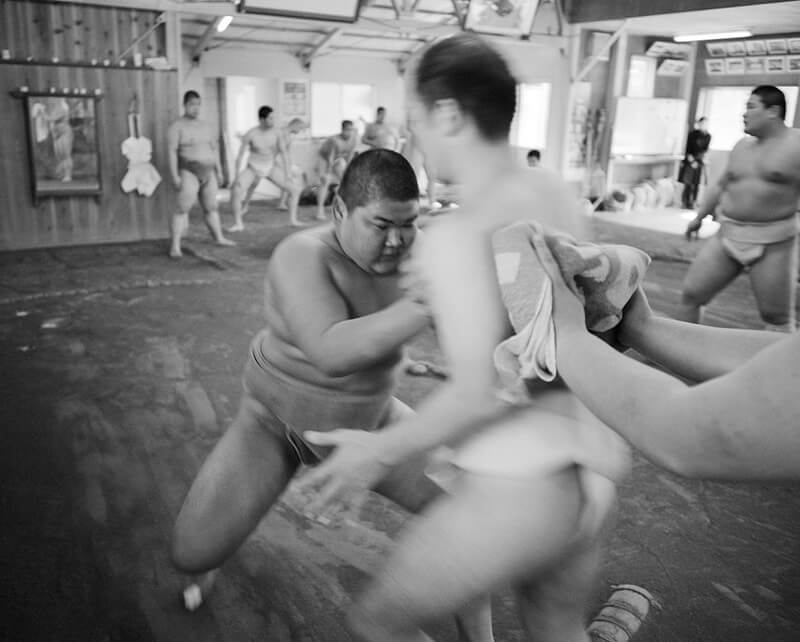
‘Sumo School’ © Daniel Ali
In 2014, in the middle of the northern mountains of Japan, in the village of Nou, photographer Daniel Ali undertook his first photographic project, Sumo School. During the month of April, when seven new students joined Kaiyo High School, the artist immersed himself in the sport, which has been practiced for almost 2000 years in Japan.
Born in 1985, the photographer grew up in London. A graduate of the Artists’ Film, Video & Photography programme at the University for the Creative Arts, he specialised in documentary photography, which led him to travel the world. Sumo School was the winner of the Magenta Foundation’s 2015 Flash Forward, a competition dedicated to emerging photographers.
With Sumo School, Daniel Ali takes a particular interest in the daily routines of the students and their way of life. ‘They are given huge dinners and have to stay at the table until they have finished; I can’t remember the number of calories they consume, but the amount contained in just one of their meals is more than one regular person’s daily intake,’ explains the photographer in an interview with Pen. Throughout his exchanges with the trainers, Daniel Ali came to understand that while fighters with the most imposing physiques possess an advantage, others learn to use their bodies in a way that mobilises their speed or tactical capacity.
A rule-bound sport
Concerning the rules of the sport, following a number of authorised moves, the combat ends if one of the two fighters is pushed outside of the 4.55-m diameter circle, or if any part of the body other than the feet touches the floor. The series of black-and-white and colour photographs taken at Kaiyo High School presents portraits of students in their fighting uniforms, as well as images of downtime, focusing on the material used in the sport and the environment in which the community is built.
Daniel Ali’s work offers viewers an insight into the world of these fighters, who begin their training at age 12 and enter a space that is highly structured and full of strict rules. These rules are based on a Shinto religious ritual dedicated to the gods, whose first written mention appeared in 712 in the Kojiki, a fundamental Shinto text and the oldest example of Japanese writing.
Daniel Ali continued this documentary work with a number of other series including Places, which gathers a number of photographs taken across the world in both urban and natural environments, such as Shimoda, Japan.
Sumo School (2014), is a photo series by Daniel Ali that can be found on his website.
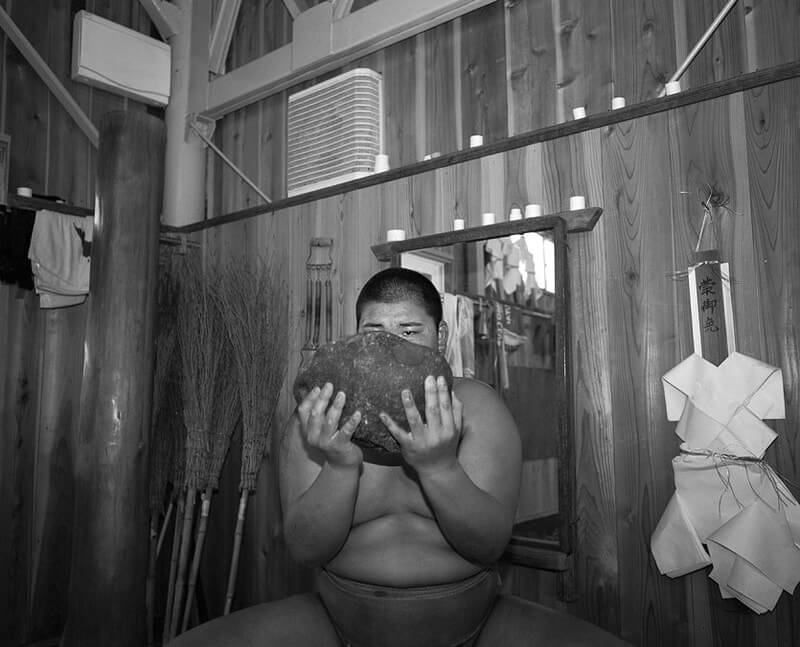
‘Sumo School’ © Daniel Ali
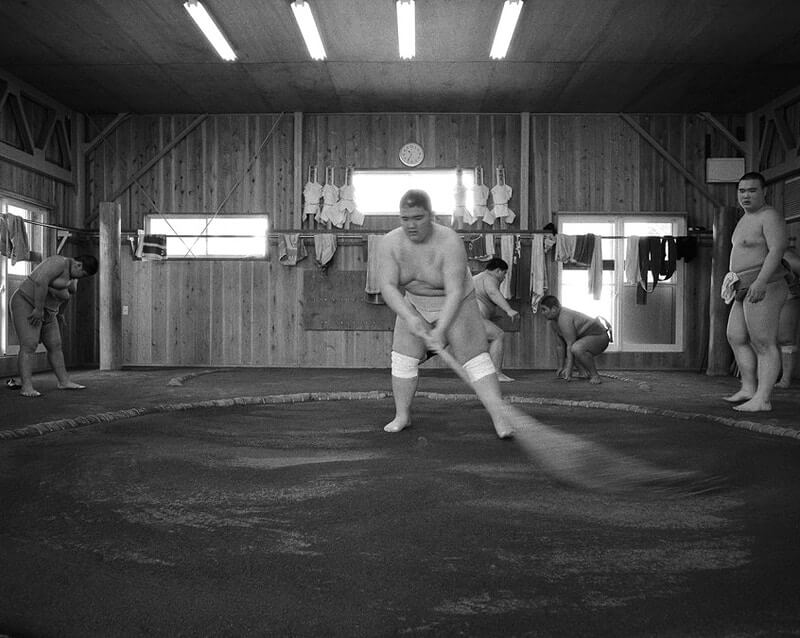
‘Sumo School’ © Daniel Ali
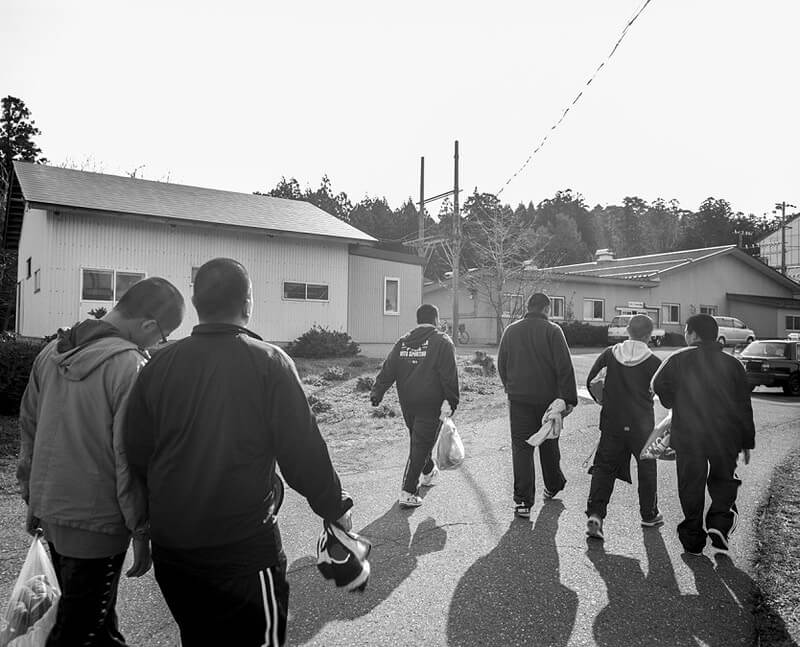
‘Sumo School’ © Daniel Ali
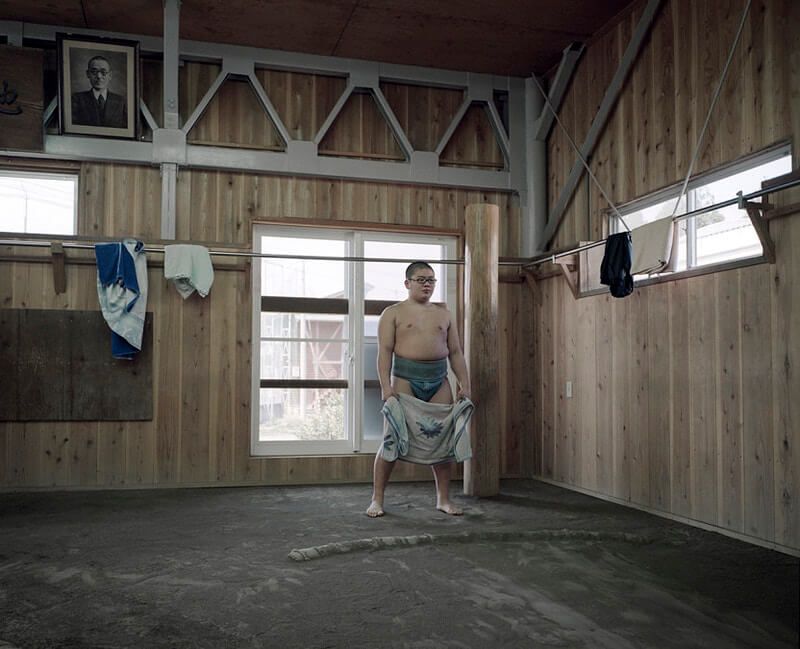
‘Sumo School’ © Daniel Ali
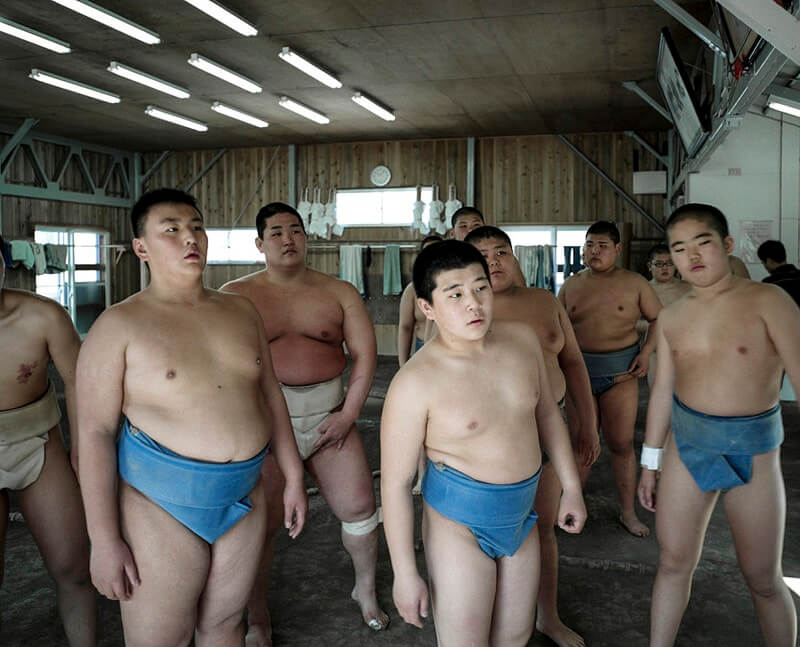
‘Sumo School’ © Daniel Ali
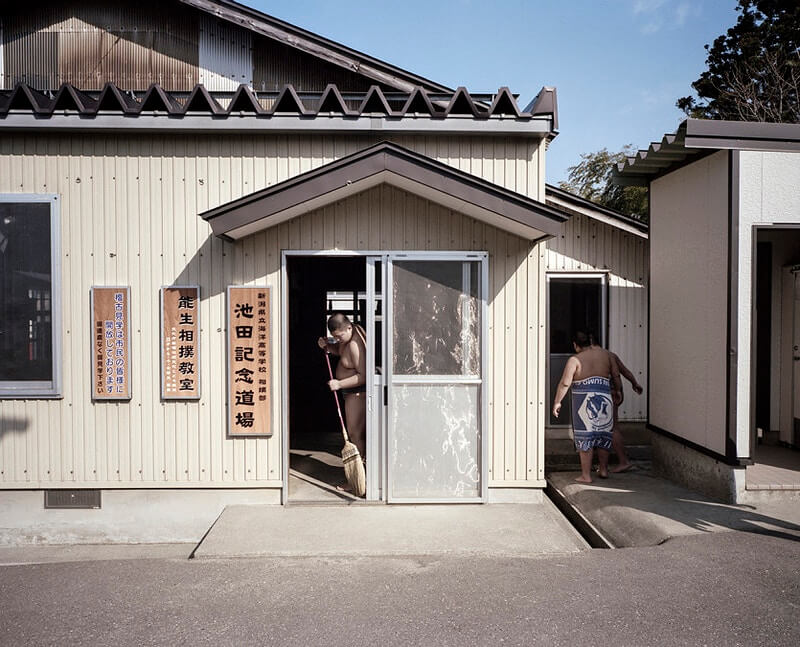
‘Sumo School’ © Daniel Ali
TRENDING
-
Hiroshi Nagai's Sun-Drenched Pop Paintings, an Ode to California
Through his colourful pieces, the painter transports viewers to the west coast of America as it was in the 1950s.

-
A Craft Practice Rooted in Okinawa’s Nature and Everyday Landscapes
Ai and Hiroyuki Tokeshi work with Okinawan wood, an exacting material, drawing on a local tradition of woodworking and lacquerware.

-
The Tattoos that Marked the Criminals of the Edo Period
Traditional tattoos were strong signifiers; murderers had head tattoos, while theft might result in an arm tattoo.

-
David Bowie Dressed by Kansai Yamamoto
The English singer was strongly influenced by 'kabuki' theatre and charged the Japanese designer with creating his costumes in the 1970s.

-
‘Seeing People My Age or Younger Succeed Makes Me Uneasy’
In ‘A Non-Conformist’s Guide to Surviving Society’, author Satoshi Ogawa shares his strategies for navigating everyday life.





